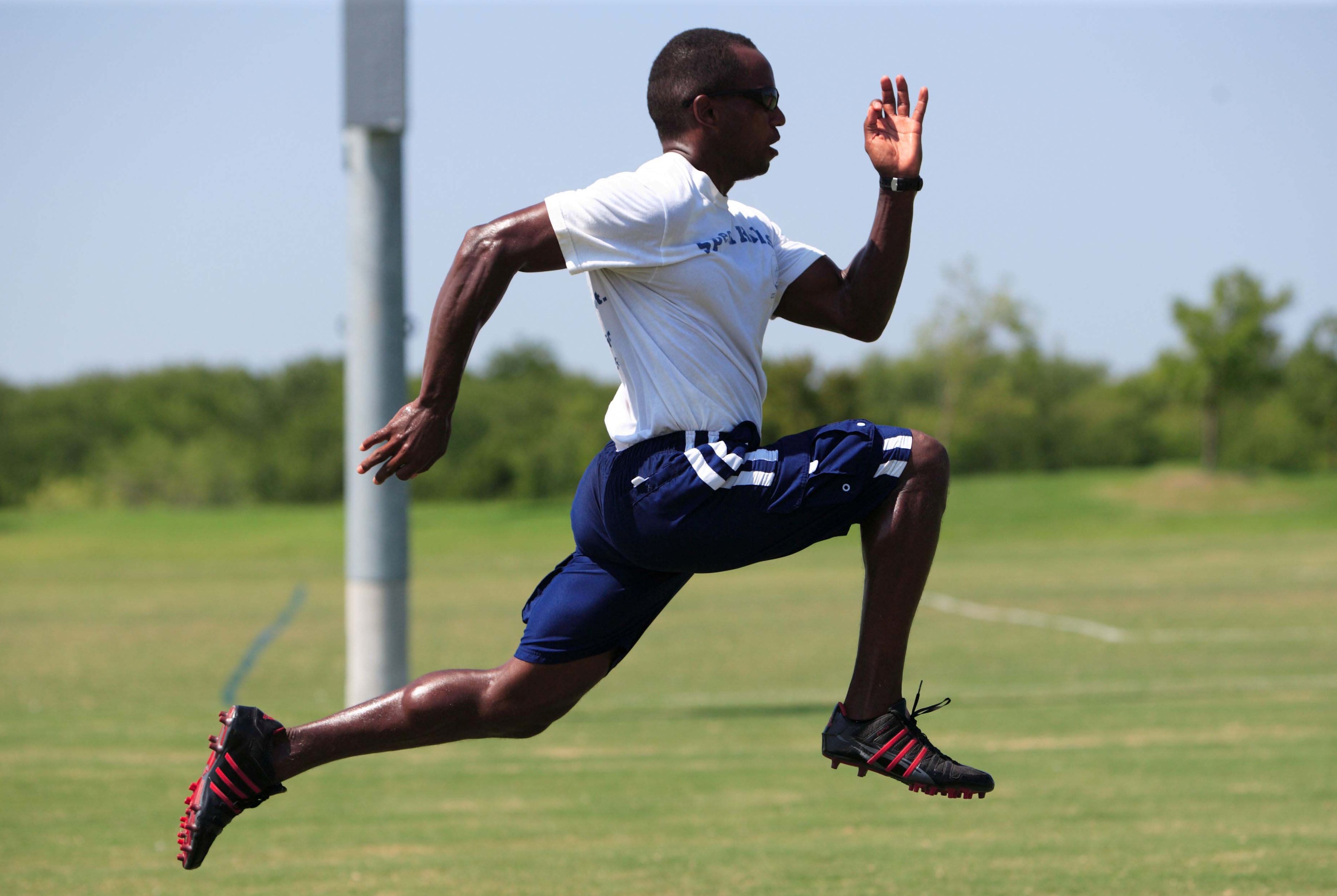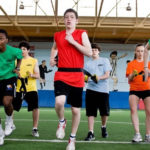
Not Getting Faster? Your ‘Speed Training’ Might Actually Be Conditioning Training
Well, if this is the case and your speed training workouts are actually conditioning workouts all I can say for you is that you are doing it wrong. A typical “speed workout” I do myself or take an athlete through requires a lot of rest to allow he/she/them to be able to max out at or above 95% (sprint at full speed) for each of the reps. Unfortunately, at many practices (especially youth or pre high school) I see there is usually a coach or parent running the training more as a boot camp than as anything to help an athlete actually get faster. Many of the ‘speed workouts’ I have seen other athletes and especially youth athletes do often goes like this rather run the speed training :
- The athletes run anywhere between 20 and 50 yards at full speed.
- They then rest for about 10 to 30 seconds before performing another rep.
- They perform the first 1-2 reps at 100% speed since they’re still fresh, but after that, their times quickly go downhill. The rest of their session qualifies more as conditioning training than it does sprint training, and it’s doing nothing to get them faster.
What Went Wrong
Whether they were in a hurry to get it over with, or their coach who had the best intentions didn’t know exactly what to do something went wrong, right?
Why did what was intended to be a speed session end up actually being a condition session? Because their rest intervals were way too short. The kids or athletes were too winded to hit their true top speed after those first couple reps. If you’re not running at your top speed or something very close to it, you’re not getting faster.
Of course, athletes and volunteer coaches (parents who have different careers) don’t actually know that. The kids/athletes feel tired at the end of the workout so they must have done something right. But physiologically speaking, they’re engaging in high-intensity interval training that will make them better conditioned, though not any faster.
How To Do It Better
Sprint workouts and Speed Training that turn into conditioning sessions is a very common problem for athletes.
But how does one know if they’re staying on the right side of this dividing line?
During the workout, pay attention to your work-to-rest periods, your sprint times and your overall training volume.
In simple terms – The time you are sprinting compared to the time you are just standing there. Sprinting is a highly neural activity that requires long recovery periods between efforts and relatively low training volumes for maximal results. Quality beats quantity any day when it comes to improving your speed.
Many speed coaches work the athletes running at above 95% of their best performance to develop speed. Anything less than 95% of your max is too slow to get faster.
For example (these numbers are completely hypothetical), if your best 30-yard dash time is 4.00, your work sets must fall under 4.20 to constitute pure speed training. Anything slower than that and you’re venturing into conditioning work.
Rest Periods
Regarding recovery periods, keep in mind that the goal is SPEED, not better endurance. You, or the athlete will be doing lots of recovery and not lots of sprinting during a true speed training workout. The recommended resting times can vary but one popular range is for one minute rest for every 15-20 yards of sprinting. So, if you were performing 30 yard sprints, you’d rest about 90-120 seconds between each effort. This is a great general guideline. Again, keep in mind this is for speed training to get FASTER! Not speed training for conditioning, intervals, HIIT, or any other type of conditioning or “trying to get in better shape”.
Continuing the above example, once that athlete’s 30-yard sprint time exceeds 4.2 seconds, they’re no longer training for speed. Whether this happens on their fourth or seventh rep, that’s the cue to wrap things up for the day. They won’t be getting any faster by performing more “speed” work below 95% of their max effort, so it’s time to move on to another type of exercise, or to end the training session.
Ideally, you’ll have some type of timer, a coach or a training partner can help keep the athlete on track.
Bottom Line
At the end of the day, the difference between speed and conditioning workouts comes down to this:
- Are you feeling tired, winded, or not fully recovered between sets?
- Are you not running above 95% of your PR time in that given distance?
If you answer yes, your speed workouts are really conditioning workouts, so it’s no wonder you’re not getting any faster.
Got questions? Do you have a young athlete who needs some assistance? Give us a call or check us out at www.LakeCountryTraining.com
Thanks!



